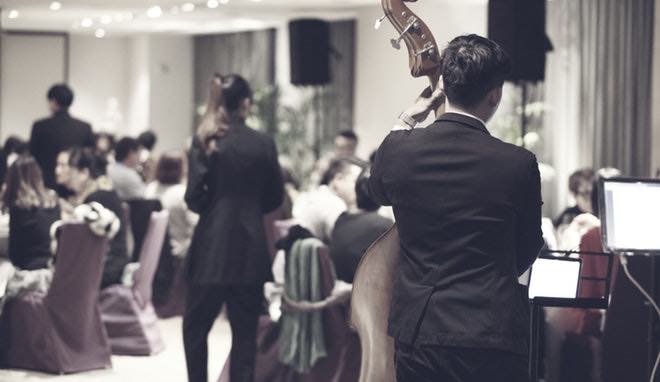

Anthony likes helping people reach their true potential. Being the victim of his own fears and insecurities in his own business, he has decided to help others create more opportunities.
“Waiting a little bit makes us feel like we’ve waited a bit more,” as Jeff Toister says. And yet people customers find ways to wait all the time. Some are ready to spend an entire night on the street for the next iPhone. Such fellows, however, are not the norm. While most people will accept waiting for something great, the quality of their experience depends on waiting times. Customers who have waited too long tip less, and are unlikely to recommend a restaurant to their friends. This article will help you reduce your waiting times so that you can serve more people and better.
Some perspective on waiting times
Long waiting times can mean several things. It can mean that your restaurant is popular. It can also mean that you are understaffed, or that your staff is poorly managed. There is also the possibility that the food you serve requires time to cook. Fine cuisine restaurants will have longer waiting times, and customers expect that. In other words, there are no rules to define the best waiting times. It depends on what you serve and your customers’ expectations.
When people go to a restaurant, they expect to wait, at least a little. The problem is when they wait more than they initially foresaw. It is, therefore, a good idea to be transparent about your waiting times. Whether you have a queue of people waiting for a table or seated customers waiting for their order, it is always a good idea to give them an estimate about how long they are going to wait.
Of course, this doesn’t mean you can suddenly make them wait thirty minutes if nothing justifies it. A customer who has waited too long is less likely to order dessert or be generous with the tip. Not to mention, you can serve more people if early customers live quicker.
How to reduce waiting times
The first thing to look at is the operating system. If your waiters are running around ineffectively, customers see it and it reflects badly on your image. Ideally, there should specific roles assigned to everyone. If the same waiters welcome the guests, give the menus, take the orders and bring the food out, you can bet that the system will be glitchy. It is the kind of situation that results in customers waiting 15 minutes to get their bill.
Nothing is worse than waiting to pay. You can always mitigate a slow order with a drink on the house, but when people wait for their bill, they have no more food to enjoy. In other words, what should go the fastest is bill drops. You can choose to put someone in charge of bills, or just tell your staff to make sure they prioritise them. This will help you get your table back earlier for the next customers.
Additionally, you can choose to engage your customers while they are waiting. Almost every restaurant now has Wifi so that customers can check their social media account rather than talk to each other. There are other ways to keep them busy though.
Ways to engage your customers.
Interactive tables are a great way to engage your customers in a fun way. With the investment they represent, however, you may prefer more old-school tactics. The best-known way to make people’s time worthwhile is to have live music. This can backfire though. You want to make sure the acoustics of your place is suitable for that. In general, it’s much better to have a good singer with a piano than a band coming with dodgy equipment. Customers should be able to hear the music but they should not have to yell their orders.
Another way to engage your customers is to have your waiter ask simple questions such as “Have you been here before?” or “How have you come to know this place?” Such questions show you care and they provide you with valuable information you can use later on.
Finally, something you must avoid is having a single table waiting longer than others. It shows. People always compare tables. Keeping a record of how long your customers wait allows you to act accordingly when an order takes longer than expected. Any drink you offer buys you time because it interrupts the waiting.
Wrap-up
What you should keep in mind is that waiting time is all about perception, expectation and comparison. Make sure to compensate for perception with entertainment. Be clear about your waiting times so customers have the right expectations. Finally, make sure your waiting times are equal between tables and if they are not, offer something that costs you little while dramatically improving customer experience. There is a lot within your control when it comes to waiting times. Too many restaurants neglect the details and end up with bad reviews for lack of care.







Comments